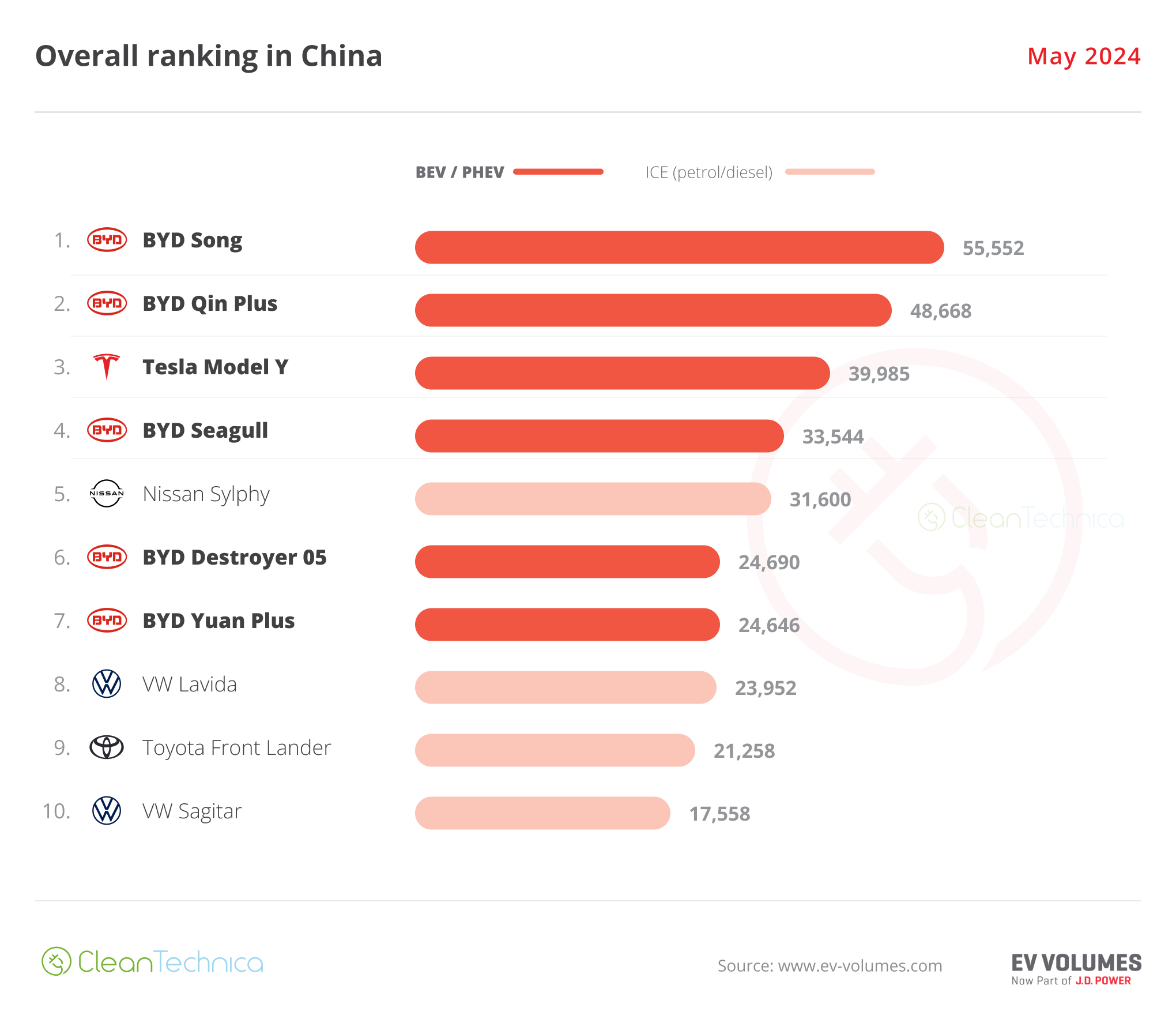The commercial-aerospace sector has experienced modest but steady growth since mid-2020, when demand for air travel began to recover from the precipitous drop caused by the COVID-19 pandemic. By December 2023, demand was back to 97 percent of prepandemic levels, and it’s expected to grow between 5 to 10 percent annually through 2026. New aircraft orders now total about 15,700. The open-order backlog would take 13 years to address, assuming 2023 delivery rates (Exhibit 1).

While strong demand is encouraging, commercial-aerospace OEMs and suppliers are dealing with multiple challenges in parallel. These include quality control issues, new regulations, talent shortages, and an increasingly splintered geopolitical environment. One of the more pressing issues—and one frequently cited by commercial OEMs and suppliers—relates to persistent supply chain constraints. Our analysis shows that aerospace executives were about 18 times more likely to mention supply-chain-related terms, such as “shortages,” during earnings calls in 2022 than they were in 2014. Their views on supply chain performance also showed a dramatic negative shift starting in 2020 (see sidebar, “Growing supply chain concerns among commercial-aerospace executives”).
Our analysis shows that aerospace executives were about 18 times more likely to mention supply-chain-related terms, such as “shortages,” during earnings calls in 2022 than they were in 2014.
The concerns of aerospace leaders are well justified. Since 2020, OEMs have struggled to obtain adequate quantities of many components essential to aircraft manufacturing, including raw materials, finished castings and forgings, semiconductors, and electronics components. In consequence, production lines have slowed or stopped, the fleet age is climbing, and repair and overhaul times are sometimes significantly off target. Adding to the challenge, many suppliers provide components and materials for both original equipment and the aftermarket. If they have only a limited supply of parts and components, they may have to make production trade-offs between supplying OEMs and servicing the aftermarket.
Too often, commercial-aerospace OEMs and suppliers fall short in efforts to drive supply chain resiliency because they focus on single solutions, such as digital risk management, in isolation. While well intentioned, individual solutions don’t fully address the challenges and root causes. To assist, we have developed a practical, multipronged approach that increases focus on three areas:
- using data and analytics to get a more complete, accurate, and predictive view of supply chain issues
- increasing collaboration and capability building so that all staff are well prepared to engage in cross-functional problem solving that gets to the root cause
- assessing risks proactively to ensure that companies are prepared for unforeseen challenges that may arise
As we’ve seen from our work within the sector, this combination of moves can rapidly decrease shortages by more than 25 percent. It can also build long-lasting organizational capabilities across hundreds of employees and create an advantage in supply-constrained markets.
An enhanced view of supply chain health through data and analytics
Although commercial-aerospace companies have long examined supply chain data, they can enhance their efforts by undertaking three activities: increasing subtier transparency, creating a warning system, and regularly ensuring the accuracy of their data.
Increasing subtier transparency about the most critical supply chain issues
Leading companies are now identifying suppliers well below the first tier of their vendor network and more closely examining their operations to obtain a clearer view of supply chain performance. We see the best results for companies that focus on the suppliers producing the parts and components that are most critical or that must be ordered well in advance of production because they have long lead times. This targeted approach can facilitate discussions with direct vendors and sometimes enable opportunities to work directly with the subtier. When one aerospace-electronics-manufacturing supplier took a comprehensive look at its supply chain, it identified several semiconductor companies providing chips to critical subassemblies. The supplier then directly engaged the subtier vendor, ultimately increasing production throughput by 45 percent.
Leading companies are now identifying suppliers well below the first tier of their vendor network and more closely examining their operations to obtain a clearer view of supply chain performance.
Creating an early-warning system
Many companies create control towers—data rooms and teams that monitor supply chain performance—that react to problems as they occur. But these control towers often fail to provide sufficient foresight to drive proactive action. For better results, companies can leverage advanced analytics to analyze readily available procurement information, such as in-house purchase orders and change request metadata, to identify potential delivery or quality issues in advance.
These early-warning systems can detect deviations from historical trends and trigger alarms and action if the irregularities persist (Exhibit 2). In one case, we worked with a commercial-aerospace OEM to identify common markers of future supply chain disruption, such as frequency in purchase order changes. By monitoring several relevant metrics, the company was able to reduce component shortages by 25 percent.

Frequently updating supply chain data
Many companies struggle to manage supply chain databases because the information often changes. For instance, lead times may shift when contracts are renegotiated. Without a firm process for tracking such updates, databases often contain inaccurate or incomplete information. This can lead to administrative headaches and costly problems, such as suboptimal inventory levels and damaged part counts.
Mitigating such issues requires more frequent and comprehensive data updates, and companies must ensure that supply managers can dedicate sufficient time and resources to these efforts. One aerospace OEM undertook a comprehensive data review and corrected many discrepancies, such as inconsistent part names and serial numbers. With better information, the company improved logistics efficiencies, including the ability to locate inventory and reroute shipments during the COVID-19 pandemic.
Improved cross-functional collaboration and capability building for critical supply chain activities
Supply chain disruptions have become facts of life, even though many of the pandemic-related disruptions have somewhat abated. The best companies proactively help their employees gain the skills needed to handle such challenges so that they will be prepared when problems arise.
Train personnel on root cause analysis and corrective action
Although delivery and quality issues are inevitable in a complex industry such as aerospace, companies may opt for Band-Aid fixes to mitigate problems, resulting in suboptimal outcomes and recurrences of issues. To break this pattern, companies can encourage supply chain teams to focus on root cause analysis (RCA)—a process to identify and resolve the underlying issues that repeatedly result in shortages or quality issues. Once supply managers are skilled in RCA and can understand the root of dysfunction, they can address issues at the source and avoid similar situations in the future. One commercial-aerospace player that emphasized RCA capabilities improved its ability to manage unexpected demand shifts and gained greater insight into its supply chain. These advancements helped reduce part shortages by about 30 percent.
Facilitate clear and connected cross-functional operations
To address supply chain constraints effectively, all relevant operations functions need to share information freely and quickly. For instance, the manufacturing group must know about delivery and quality issues to manage the critical path. Supply managers must understand schedule changes to update delivery schedules.
To align all functions involved, companies can benefit from creating physical spaces dedicated to enhancing supply chain visibility and driving performance—sometimes called obeya, or “big room” in Japanese. While some aerospace companies already have such rooms, they often fail to incorporate all functions properly, create visibility across simple metrics, or provide the continuous data feeds necessary for full efficacy. One defense company increased steel assembly throughput by 50 percent, despite persistent raw-material shortages, by establishing a cross-functional obeya that included team members across manufacturing, procurement, planning, and material management.
To address supply chain constraints effectively, all relevant operations functions need to share information freely and quickly.
Organize and upskill talent
As with any improvement effort, better supply chain management requires a capable staff. However, skilled labor is already in short supply, and the problem is becoming more severe because many employees within the aerospace sector have recently retired, and the employees replacing them have less institutional knowledge. The talent problem can be particularly severe during materials shortages, when supply chain managers may be thrust into other temporary roles, such as project management.
To address the talent challenge, companies must use every solution in the tool kit to increase acquisition and decrease attrition. For instance, they can have a clear and appealing value proposition for job seekers and aggressive upskilling efforts for current employees. Shifting to a more data-driven and analytical supply management model will also require recruitment for nontraditional digital-native roles, such as data scientists and engineers.
New paradigms to assess supply chain risk
Leading aerospace companies already have risk management and business continuity procedures. But several enhancements, including improved quality control and use of “tabletop” exercises, are essential in the current operating environment.
Treating quality as delivery
In tandem with performing RCA, companies may benefit from giving more urgent attention to quality issues. For example, many companies delay the testing of material batches until installation. This can result in major production delays if quality issues surface. Others allow the dispositions of material review boards to drag on while parts remain in netting stockrooms.
Bringing lean principles and a sense of urgency to quality control can vastly reduce these shortages in hiding and allow supply chain teams to react quickly to any disruptions. One US-based aerospace manufacturer determined that part nonconformance was the root cause for over 30 percent of all part shortages across its programs. By establishing better quality measures, the company reduced these shortages and enhanced its manufacturing flow.
Engaging in tabletop exercises
Any holistic plan to improve supply chain resiliency will benefit from long-term, strategic thinking. This is true even when contemplating risks where great uncertainty exists. For instance, it’s difficult to predict how or when geopolitical tensions might accelerate, but companies must prepare for potentially catastrophic consequences, such as constrained or complete loss of access to materials, if this occurs. To do so, leaders can engage in strategic tabletop exercises to simulate how all stakeholders—their own company, as well as customers, suppliers, competitors, and governments—would respond under stress. If leaders regularly conduct these simulations, they will build the organizational muscle required to respond effectively and efficiently to shocks. One aerospace electronics company conducted a tabletop exercise to reevaluate its supply chain strategy and mitigate long-term risks. In addition to defining a set of no-regret moves to bolster supply, the company established contingency and business continuity plans to manage certain potential geopolitical developments.
The commercial-aerospace supply chain is likely to face continued turbulence in the near future, but companies can make major changes now that result in real improvement. Our new approach to supply chain management involves multiple distinct activities. But they all work toward one goal: delivering greater insights to address disruption proactively and keep production on track. With better preparation and solid planning to avoid and address shortages, commercial-aerospace companies may finally find clearer skies.




